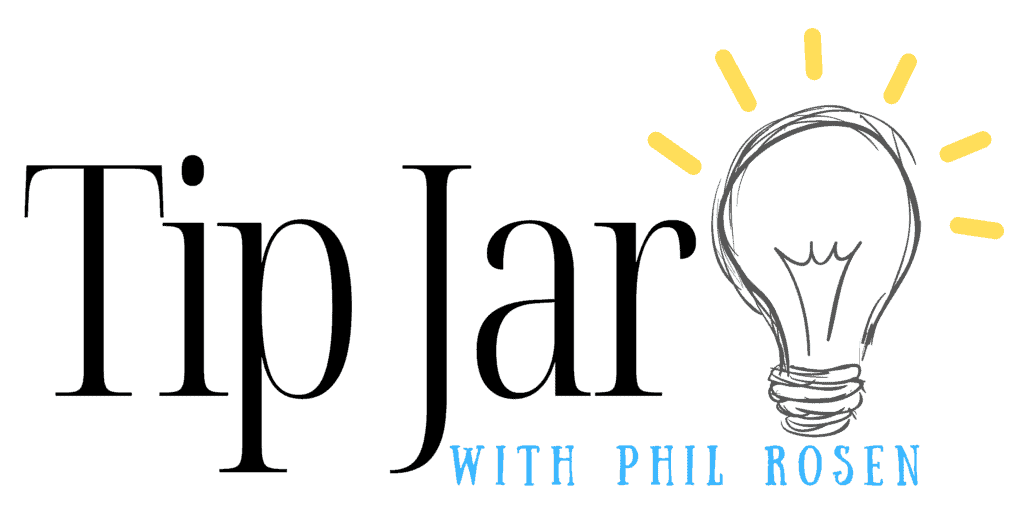The Good Life Framework: For people who want to do more of what they love
A framework to build a meaningful, good life that involves give and take.
Issue #7
|
March 7, 2022
|
Reading time:
5 mins
|


Phil Rosen

Happy Monday, readers.
A good life, to me, means putting intentional energy and focus into things that mean the most to you — in work, in school, in relationships — and minimizing all that subtracts from those efforts.
But this doesn’t happen automatically, and “manifesting” only gets you so far. It takes strategy.
Today I'm sharing a chart you can use to build a good life, one you can use over and over again, forever.
Sound good?
Smart, curious people have smart, curious friends. Share this newsletter.
The Give-and-Take framework
I’ll be the first to say that life cannot be reduced into systems and rules. That’s not how people operate.
But there’s value in clarifying the things you’d like to incorporate and the things you’d like to do less.
Writing these things down is a way to articulate who you want to be. It can help you create a more meaningful life.
If you don't articulate who you want to be and what you want (and don't want) to do, you risk floating in an undefined limbo.
Below is the Give-and-Take framework.
There are two main categories: Add and Subtract. These are then broken down into three sub-categories:
Work
Mind
Health
For the framework, focus on filling out each block for 30-day segments. That'll give you a set of things to amplify and reduce, within a specified amount of time.
Thirty days is enough time to integrate those goals as a part of who you are. Then you can fill in new aims for the following month.
Here's an example of the Give-and-Take Framework, filled out:
This system is built on identity-based goals, and those are what you should be thinking about as you write more concrete, smaller aims into the boxes.
Identity-based goals include things like, “I want to be the type of person who doesn’t miss workouts,” or “I want to be the type of person who is well-read.”
This type of goal helps you see yourself as a role model.
The daily goals, then, help you stay on track in becoming the role model-version of yourself.
Keep in mind, this isn’t a dramatic, master plan. Too much optimism can be toxic and misleading.
This framework, instead, is realistic and gradual.
It emphasizes small changes that compound over time.
By limiting the number of small changes per month, you have a higher chance of success — it doesn’t spread you thin and you won't feel too burdened. Cal Newport wrote about a similar concept in his book Deep Work.
Imagine if you used this chart for a full year. Who would that person be?
Who would you be if you added 12 new habits for your work, mind, and health, and gave up 12 things that didn't add value to your life?
Maybe it would mean a greater sense of purpose, or more solid idea of where your life is going.
Each of us are only allotted so much energy to use each day, and our time here is limited.
In my eyes, there isn't a better alternative to trying as hard as possible to spend our time getting better at the things we value and doing more of it, while easing up on the things that are taking away from those aims.
— Phil
Follow me:


In case you missed it: I asked almost 3,000 people to share the best life advice they've ever heard, then I wrote it down. Within one week, the experiment has become the most-viewed story on the website, ever.
Tip Jar Recs
Something quirky: Inside America's newest epicenter of good eats. (WSJ Magazine)
Something different: A genius monk who designed a cathedral entirely in his head, with no measurements or calculations. (Hazlitt)
Something encouraging: How the 'Humans of New York' project became one man's empire of empathy and a philanthropy machine. (The Cut)
Feedback? Reply to this email, or message me on Twitter or Instagram.
Sign up for Tip Jar if you haven’t already, and feel free to share this with a friend.
You can read this newsletter online here. You can read last week’s edition here.



